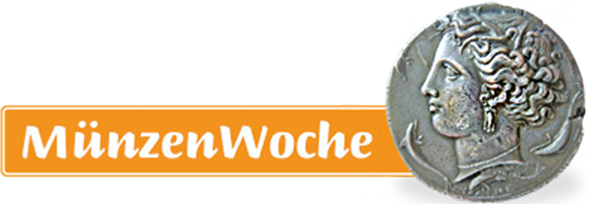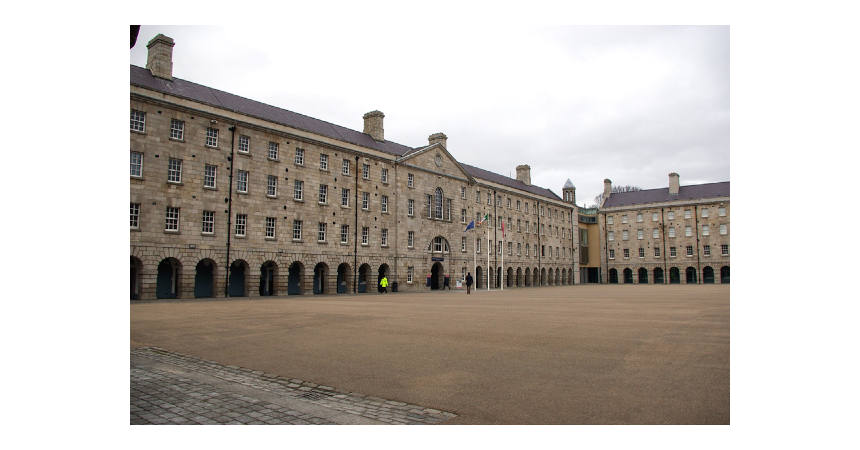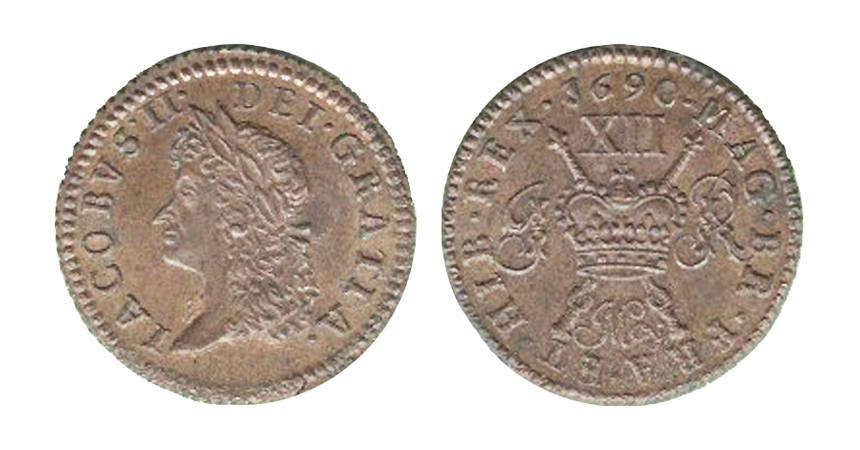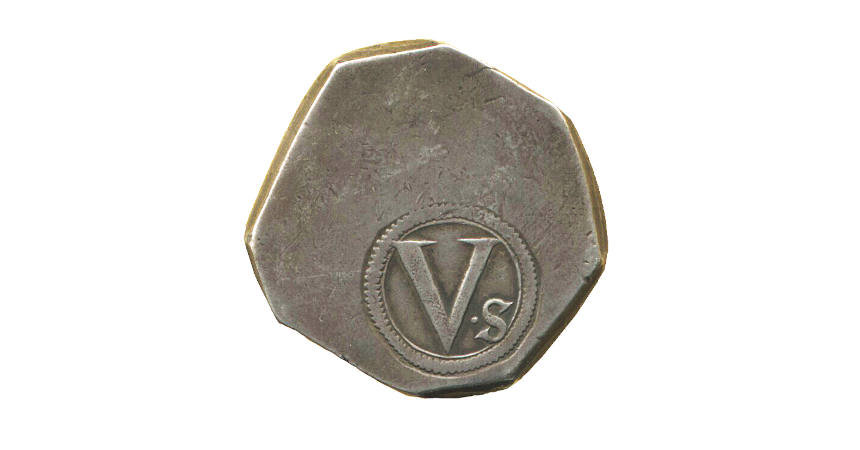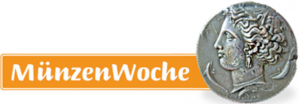Airgead – A Thousand Years of Irish Coins & Currency
Wenn es kein Logo gibt, wird diese Spalte einfach leer gelassen. Das Bild oben bitte löschen.
(Dieser Text wird nicht dargestellt.)
Collins Barracks, Benburb Street
Dublin 7
Tel: +353 (0)1-6777444
The National Museum of Ireland in Dublin has an exhibition of coins and banknotes covering 1,000 years of Irish history. It is located at the Collins Barracks, which houses the Museum of Decorative Arts & History.
“Airgead (Gaelic for “money”)—A Thousand Years of Irish Coins & Currency,” tells the story of coins and money in Ireland from the 10th century to the present day. In four galleries, the exhibition includes specimens ranging from medieval coins and coin hoards, modern banknotes, tokens, and medals.
Hammered and Milled Coins
Visitors first see a display titled, “Coins are Made to Move,” explaining that coins are produced in large numbers; made to circulate widely; and allow people to buy and sell, passing from person to person with each transaction. Also, visitors are told that originally the amount of metal, usually silver, defined the coin’s value. Like banknotes, they have no real value; only the face value assigned to them by the government. Also in this area is the 1926 Nobel Prize gold medal for literature awarded to countryman George Bernard Shaw.
In the next room are Anglo-Saxon and Norman coins from the 9th century. One case shows that medieval traders counted their coins using a board marked in squares called a “casting board,” a simple device that was a form of calculator like an abacus, whereby merchants could perform complex arithmetic calculations. Other displays illustrate hammered coins, milled coins and medals. A theater shows the movie, “A Thousand Years of Irish Coinage.”
The next room with eight wall displays covers the Irish period from 1450 to 1800. The common denominations during this period are shown with suitable specimens: crown, half crown, shilling, sixpence, groat, penny, and halfpenny. Despite repeated wars and rebellions, Ireland became more firmly tied to England. The coins people used reflected this political change and Irish coins gave way to standard English ones.
The Irish Halfpenny
“The Irish Halfpenny”display explains that throughout the 18th century, the distinctive Irish coin was the ubiquitous copper halfpenny as all the higher denomination silver and gold coins in circulation were standard British issues.
On display are specimens representing “gun money,” town pence, varieties of tokens, and Dublin money, also known as “Inchiquin” money. These were melted down from silver plate and denominated in shillings, pence, or its weight in pennyweights.
Rare Irish Gold Coins
A floor display allows visitors a rare sight of examples of the only Irish gold coins ever minted in Ireland. During the chaos of the Civil War, the Irish Parliament in 1646 authorized two denominations: pistole and double pistole—a denomination taken from a standard Spanish gold coin of the period.
The last room ends with displays depicting Ireland’s words and images on the nation’s currency reflecting its history and aspirations from 1800 to 2002—the introduction of the euro.
The coins and banknotes circulating in Ireland mirror the country’s political and social circumstances. There is even a display of how credit and debit cards have largely replaced physical money for substantial transactions while coins are increasingly used to buy goods and services from machines.
Symbolic Images on Banknotes
From its beginning, Irish banknotes used strong symbolic images drawn from many sources: history, mythology, landscape, architecture, and literature to assert the nation’s pride in its heritage. Included are the “A” series (1927-1977), the “Ploughman” notes of the 1930s and 40s, which were the last issued by individual Irish banks; the “B” series (1976-1993); and the final “C” series (1992-2001) before the introduction of the euro.
This text was written by Howard M. Berlin and first published in his book Numismatourist in 2014.
You can order his numismatic guidebook at Amazon.
Howard M. Berlin has his own website.





